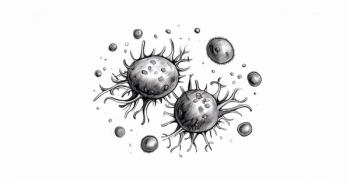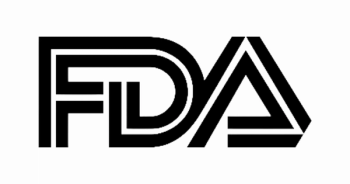
Bria-IMT Plus Retifanlimab Shows Promising Survival in HR+ Breast Cancer
Phase 2 data suggest a survival benefit with Bria-IMT and retifanlimab in heavily pretreated HR-positive metastatic breast cancer, outperforming historical controls.
Preliminary results from a phase 2, open-label trial (NCT03328026) indicate a potential survival benefit with the combination of Bria-IMT (SV-BR-1-GM), an off-the-shelf, targeted, cell-based immunotherapy, and immune checkpoint inhibition in patients with heavily pretreated metastatic hormone receptor-positive (HR+) breast cancer.1
The study enrolled a cohort of patients with heavily pretreated HR+ metastatic breast cancer (n = 25) who had received a median of 6 prior lines of systemic therapy. This cohort demonstrated a median overall survival (OS) of 17.3 months when treated with Bria-IMT plus retifanlimab (Zynyz).
This observed median OS exceeded the reported median OS of 14.4 months in the phase 3 TROPiCS-02 trial (NCT03901339), which
“We are truly impressed with the survival benefit data of the regimen that exceeds or meets those of sacituzumab govitecan in [patients with] HR-positive [breast cancer] and [triple-negative breast cancer (TNBC)], respectively. Bria-IMT appears to be very well tolerated,” said William V. Williams, MD, president and chief executive officer of BriaCell Therapeutics, in a press release.1 “We look forward to further confirming this clinical data in our ongoing pivotal phase 3 [BRIA-ABC] study [NCT06072612] with OS as its primary end point.”
In a separate cohort of patients with TNBC with a median of 6 prior lines of therapy, the combination of Bria-IMT plus retifanlimab yielded an median OS of 11.4 months.1
To date, there have been no Bria-IMT-related discontinuations reported in the trial.
About the Phase 2 Study of Bria-IMT
In the open-label, phase 2 trial, investigators enrolled patients aged 18 years and older with histologically confirmed recurrent or metastatic breast cancer whose disease progressed on prior therapy.3 Patients were required to have an ECOG performance of 0 to 2 and a life expectancy of 4 months or more.
Patients with HR+/HER2-positive (HER2+) disease were required to be refractory to hormonal therapy and have received at least 2 prior regimens, including at least 2 anti-HER2 agents. Those with HR+/HER2– disease must have been refractory to hormonal therapy and have received at least 2 prior chemotherapy-containing regimens. Those with HR-negative/HER2+ disease were required to have received at least 2 prior anti-HER2 agents. Lastly, patients with TNBC must have exhausted all standard prior therapies, including prior treatment with a taxane and carboplatin.
In the experimental arm of the study, patients were given Bria-IMT in combination with retifanlimab in cycles every 3 weeks. In an alternative sequencing arm, patients received the combination of Bria-IMT and retifanlimab with a modified schedule. During cycle 1, patients received Bria-IMT monotherapy. Subsequently, in cycle 2, retifanlimab was reintroduced on day 2, with a permitted window of ±1 day. For cycle 3 and all subsequent cycles, the administration of retifanlimab was more flexible, allowing for administration on day –2, day 0, day 1, day 2, or day 3 of the treatment cycle.
The primary end point of the trial was safety, including adverse events, laboratory parameters, physical evaluation, and vital signs. Secondary end points consisted of overall response rate and tumor response as assessed by nonprogressive rate, defined as complete response, partial response, or stable disease per iRECIST, and duration of response.
“HR-positive [breast cancer] and TNBC represent a significant proportion of the patient population and are the most difficult patient groups to treat. They have limited therapeutic options and [an] OS of only a few months,” said Giuseppe Del Priore, MD, MPH, chief medical officer of BriaCell Therapeutics, in the press release.1 “Our clinical data support our hypothesis that the Bria-IMT regimen plus [checkpoint inhibition] has the potential to address the unmet medical needs of [patients with] HR-positive [breast cancer] and TNBC, and provide an effective and well-tolerated therapeutic option.”









































